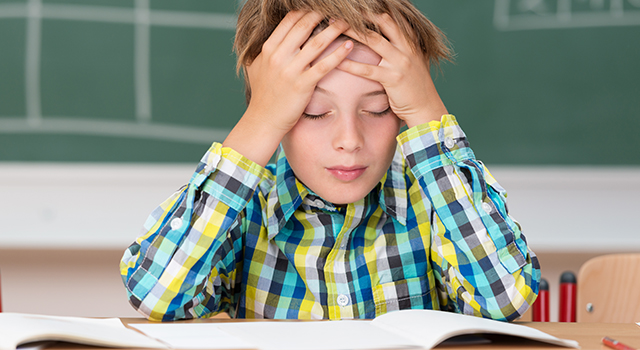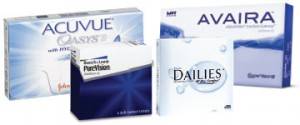 Myopia control is a hot topic these days — and for good reason. More and more parents are providing their nearsighted children with myopia control treatments in hopes of slowing down the rapid progression of this very common refractive error.
Myopia control is a hot topic these days — and for good reason. More and more parents are providing their nearsighted children with myopia control treatments in hopes of slowing down the rapid progression of this very common refractive error.
Is myopia control worth all the effort? Why not just get new glasses every time your child needs a higher prescription? Is childhood myopia really that big of a deal?
Below, we’ll answer these important questions so you can make informed decisions and feel confident about your choices. If your child has myopia, contact The Myopia Management Center at Loudoun Eye Associates to learn more about how we can help.
Myopia Is Not Harmless
Myopia is far more than just blurry distance vision. What many don’t realize is that it can seriously impact a child’s long-term eye health.
A child with myopia is significantly more likely to develop sight-threatening diseases, such as glaucoma, cataracts, retinal detachment, and macular degeneration, later in life.
Because the cause of myopia is an elongated eye, the stretching of the eye takes a toll on the retina (the light-sensitive lining at the back of the eye). Over time, the stressed retina is more prone to damage and tearing.
Your Child’s Lens Prescription Matters
Suppose your child’s lens prescription is -3.00D (mild to moderate myopia). Although you may think that it’s too late for myopia control at this point, research suggests otherwise.
The level of myopia a child has is directly correlated to their risk of eye disease — the higher the myopia, the greater the risk.
A child with myopia that’s between -0.75D and -3.00 is more than 3 times more likely to develop retinal detachment in the future. That number triples for individuals with high myopia (-5.00 and above).
The risk of myopic maculopathy is also influenced by the level of a child’s nearsightedness. Children under -5.00 have just a 0.42% of developing this serious eye condition, but anything above -5.00? That risk level leaps to 25.3%.
Slowing down or stopping your child’s eyesight from worsening will greatly increase their chances of having a healthy vision in adulthood. Halting myopia as early as possible renders the best outcome.
Myopia Is On The Rise
This is the time to act. With myopia cases escalating exponentially, it’s expected that about half of the world’s population will be nearsighted by 2050, and about 10% of those individuals will have high myopia.
Offering your child myopia control now can potentially prevent them from being part of that 10% in 2050.
If your child has myopia or is at risk of developing it, we can help! To schedule your child’s myopia consultation, contact The Myopia Management Center at Loudoun Eye Associates today.
Q&A
Q: #1: How do I know if my child is at risk of developing myopia?
- A: If one or both parents have myopia, a child is predisposed to becoming nearsighted. Other factors that influence myopia include excess screen time, not enough time spent in the sunlight, and being of a certain ethnicity (people of Asian or Pacific Islander descent have the highest risk).
Q: #2: What treatments are used for myopia control?
- A: The 3 main treatments are atropine eye drops, orthokeratology (Ortho-k) contact lenses, and multifocal contact lenses. Your optometrist will help you decide which method best suits your child’s eyes and lifestyle.
The Myopia Management Center at Loudoun Eye Associates serves patients from Ashburn, Broadlands, Brambleton, and Ryan, all throughout Virginia.

